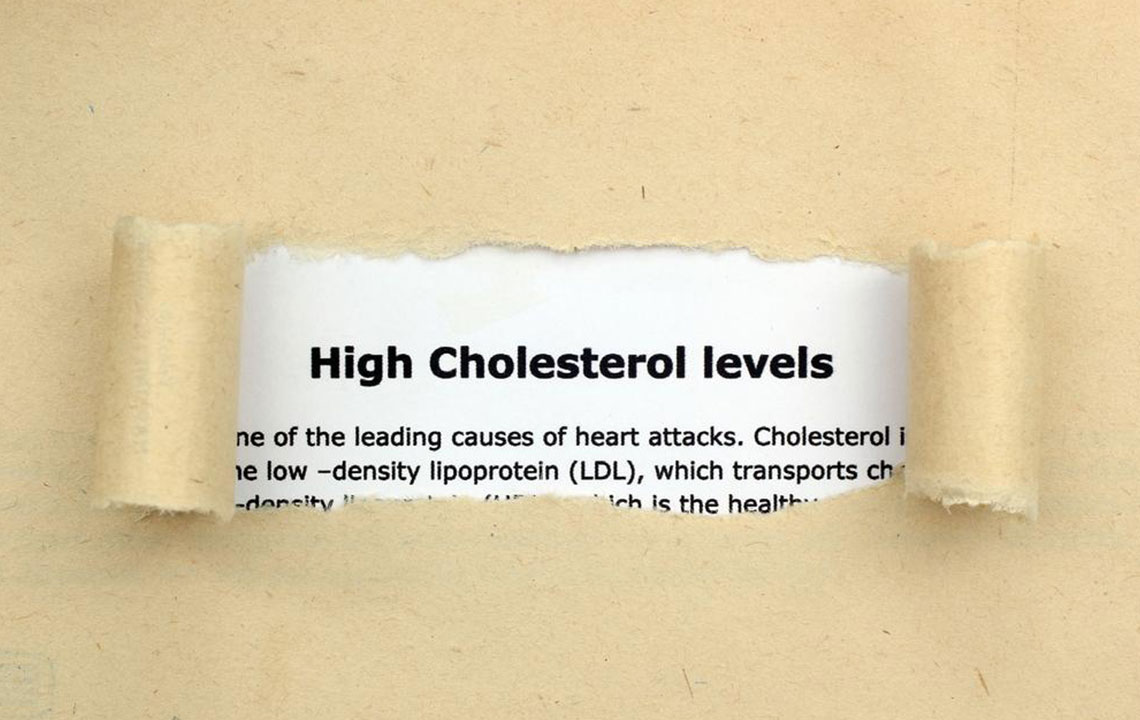Things You Need to Know about Cholesterol Levels

Cholesterol is essential in the body as it is found in the cells and membranes and is helpful in producing hormones, bile acids thereby aiding in digestion and vitamin D. The liver produces cholesterol. Bad cholesterol is often common in women. Women face the major issue of having a high blood cholesterol level as they tend to gain weight, especially around the waistline.
One in every six adults has bad cholesterol. With the rise in obesity amongst children, the rate of bad cholesterol in children is also increasing. The body does need some cholesterol, and the presence of cholesterol in the body is normal, but bad cholesterol can clog and block the arteries. To maintain a healthy heart, a normal cholesterol level is required. If you are wondering what is the normal cholesterol level, read on.
The normal cholesterol level is when the cholesterol is kept below 200 mg/dL in adults. 200 mg/dL of cholesterol is a borderline high-risk in developing bad cholesterol problems. A check-up of the cholesterol should be done every 5 years. Cholesterol levels are divided into two fat and protein packages referred to as low-density lipoprotein (LDL) and the high-density lipoprotein (HDL). These levels are tested in order to determine the good or bad cholesterol. Although many people know what the normal cholesterol level is, they fail to maintain the same. Your diet plays an essential role in maintaining a good or bad cholesterol level.
There are several studies that back the idea that deaths from heart disease can be countered by treatment of high cholesterol or bad cholesterol. This would also aid in the profiling of people that may test for bad cholesterol therefore making them prone to a heart disease. The process of bad cholesterol accumulation is made over the years when fats from food raise the blood level of cholesterol. This takes place when the bad cholesterol present in the blood is deposited in the inner walls of the arteries that supply the blood to the heart. These arteries get narrow and are a major cause for heart diseases. The narrowing of these arteries is known as atherosclerosis.
Too much of LDL in the blood can lead to a buildup of cholesterol in the arteries that may cause the blockage of the arteries. LDL is often called the bad cholesterol as it carries most of the cholesterol in the blood. The function of HDL is to carry cholesterol from other parts of the body to the liver and is therefore called the good cholesterol. This prevents the buildup of cholesterol in the arteries that is caused by the LDL.
There is another type of protein package of cholesterol that is called the very low density lipoprotein and is referred to as vLDL. High level of vLDL has often been linked to the cause of an increased risk of having a heart disease. The vLDL cannot be measured directly, and therefore it is not mentioned in the screening to test cholesterol. The normal value of vLDL is between 5 sand 40mg/dL.
Woman should often check if they have normal cholesterol levels from the age of 20 and additionally children who have a family history of bad cholesterol or premature heart disease. If there is one parent with a history o high blood pressure, regular test of the person should be conducted. Such testing g helps keep a check on the risk of heart disease. The risk factors that lead to higher risk of bad cholesterol are habits such as smoking, a family history and age also plays an important factor. The amount of physical activity you undertake also affects the bad cholesterol in the body, as it helps to keep a check on the bad cholesterol or LDL levels. A target should be aimed of being physically active for 30 minutes each day especially if you have a family history of bad cholesterol. Your genes and gender also play a role in the risk of accumulating bad cholesterol.
There are some methods that may prove effective in lowering the bad cholesterol level. As obesity is a major factor in having a high level of bad cholesterol, weight management can be useful in decreasing the levels of bad cholestrol. You can also administer your diet in order to control the cholesterol level in your body. The TLC diet or the low saturated fats, low cholesterol eating plans helps you control the bad cholesterol. These diets are formed by consuming only around 7 percent of saturated fat in the whole dietary consumption. These diets recommend the amount of calories in order to maintain a desirable weigh. It is extremely difficult to maintain the diet as immense discipline is required in order to execute the diet. You can also use drug treatment to maintain normal cholesterol level. This should be accompanied with lifestyle changes in order to help you lower the risk of heart diseases.


